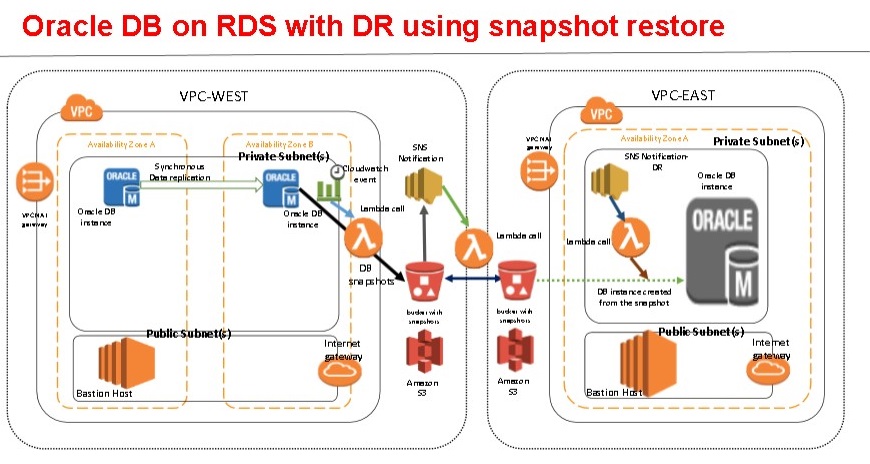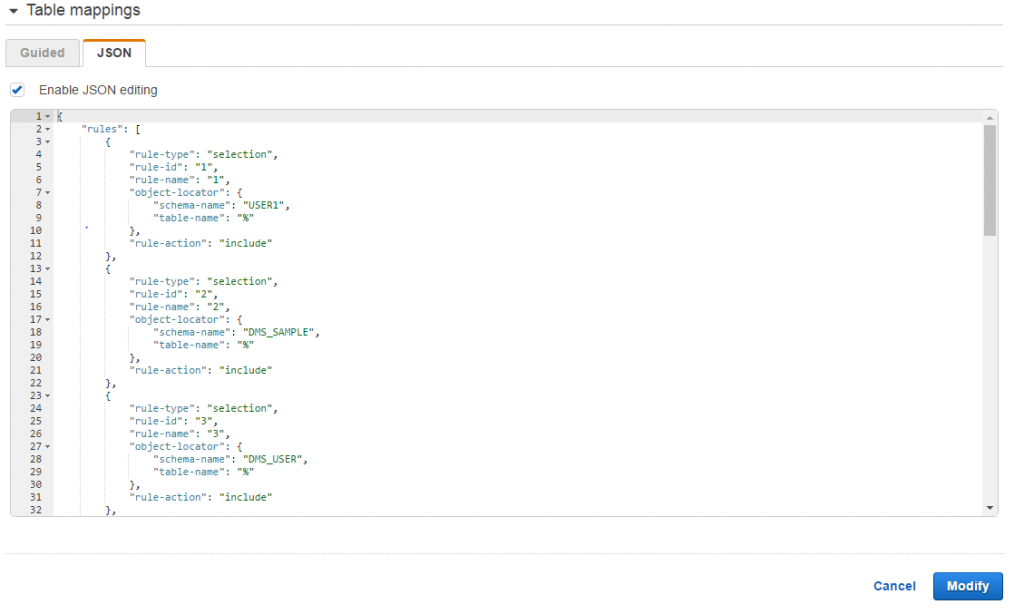AWS Database Blog
Category: Amazon RDS
Migrating a SQL Server Database to a MySQL-Compatible Database Engine
This post provides an overview of how you can migrate your Microsoft SQL Server database to a MySQL-compatible database engine such as Amazon RDS for MySQL, Amazon RDS for MariaDB, or Amazon Aurora MySQL. The following are the two main parts of a database migration: Schema conversion: Converting the schema objects is usually the most […]
Testing Amazon RDS for Oracle: Plotting Latency and IOPS for OLTP I/O Pattern
Kevin Closson is a principal specialist solutions architect at Amazon Web Services. At Amazon Web Services (AWS), we take the Amazon Leadership Principles to heart. One such principle is that leaders Earn Trust. Although this principle guides how leaders should act, I like to extend the idea into how we can help customers enjoy more […]
Picking Your First Database to Migrate to Amazon RDS or Amazon Aurora with PostgreSQL-compatibility
David Rader is the vice president of engineering at OpenSCG. OpenSCG is an AWS Consulting Partner and a leading expert in PostgreSQL, helping customers migrate to, operate, and optimize PostgreSQL and other data platforms on-premises and in the cloud. In a previous post, we covered the overall approach you can take to migrate your current […]
Cross-Region Automatic Disaster Recovery on Amazon RDS for Oracle Database Using DB Snapshots and AWS Lambda
Sameer Malik is a specialist solutions architect and Christian Williams is an enterprise solutions architect at Amazon Web Services. Many AWS users are taking advantage of the managed service offerings that are available in the AWS portfolio to remove much of the undifferentiated heavy lifting from their day-to-day activities. Amazon Relational Database Service (Amazon RDS) […]
Implementing DB Instance Stop and Start in Amazon RDS
This post is from Matt Merriel at AWS partner Kloud, and Marc Teichtahl, manager for AWS Partner Solutions Architecture Australia and New Zealand. Kloud uses the new stop and start capabilities in Amazon RDS to lower costs for customers who don’t require 24×7 access to their databases during the testing and development phases of their […]
Strategy for Migrating Partitioned Tables from Oracle to Amazon RDS for PostgreSQL and Amazon Aurora with PostgreSQL Compatibility
Sandeep Kariro is a big data architect and Akm Raziul is a database architect at Amazon Web Services. Enterprises have been using closed-source database systems for more than four decades. Managing data with these systems has been a critical part of running a successful business in every organization. You have to make a considerable investment […]
Understanding Burst vs. Baseline Performance with Amazon RDS and GP2
When we think about database storage, the dimensions that matter are the size, latency, throughput, and IOPS of the volume. IOPS stands for input/output (operations) per second, and latency is a measure of the time it takes for a single I/O request to complete. As you can imagine, latency and IOPS are closely related and […]
Oracle Migration Automated – How to Automate Generation of Selection and Transformation Rules for AWS Data Migration Service
Akm Raziul Islam is a database architect at Amazon Web Services. You can use AWS Data Migration Service (AWS DMS) to copy data from multiple schemas in an Oracle source to a single Amazon RDS for Oracle target. You can also migrate data to different schemas on a target. But to do this, you need […]
Using the AWS Database Migration Service, Amazon S3, and AWS Lambda for Database Analytics
Jeff Levine is a solutions architect for Amazon Web Services. The AWS Database Migration Service (AWS DMS) supports Amazon S3 as a migration target. The services enable you to extract information from any database supported by DMS and write it to Amazon S3 in a format that can be used by almost any application. You can extract the entire […]
Integrate Amazon RDS for SQL Server DB Instances with an Existing Active Directory Domain
Vlad Vlasceanu is a solutions architect at Amazon Web Services. Last year, we launched support for Windows Authentication in Amazon RDS for SQL Server. This feature has been quite popular with customers. It lets you deploy Microsoft SQL Server-based workloads with Amazon RDS using the same centralized user management patterns that you use in your […]









